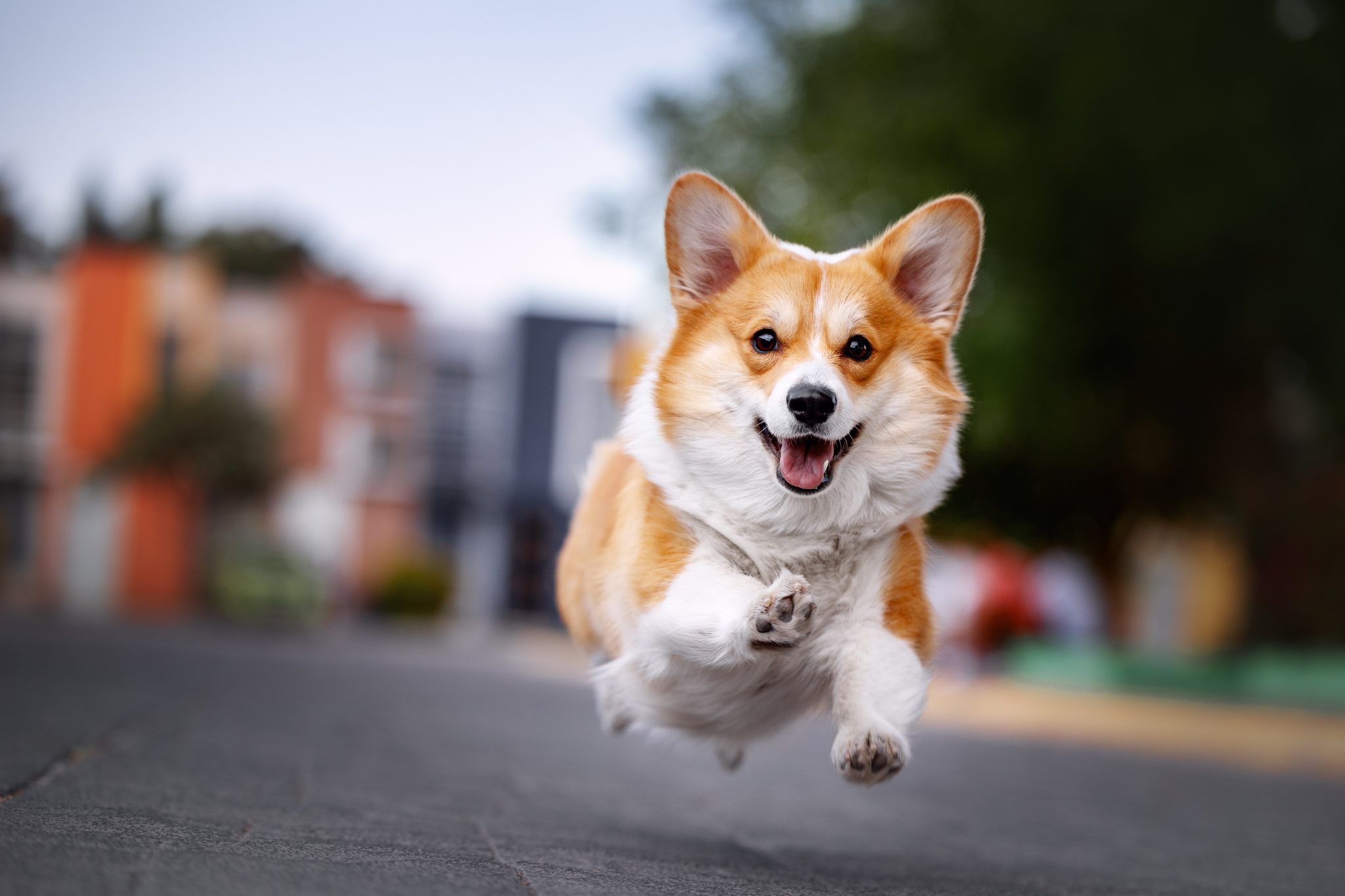 Shutterstock
Shutterstock
Dogs are adorable, quirky creatures, and if you’re a dog owner, you’ve probably witnessed a phenomenon known as the “zoomies.” These sudden bursts of energy where your dog sprints around the house like they’ve had too much caffeine can be baffling, especially when they seem to appear out of nowhere. While it might seem like they’re simply being unpredictable or over-the-top, zoomies are actually a natural behavior. There are several reasons why your dog might get zoomies, and each one is unique to your dog’s personality, environment, and needs.
Excess Energy from Playtime
 MidJourney
MidJourney
One of the most common reasons a dog gets the zoomies is simply having too much energy after a good play session. Dogs, especially high-energy breeds, need regular exercise and mental stimulation to stay healthy and happy. After a long game of fetch, running at the dog park, or even a challenging walk, your dog may experience a sudden burst of energy as a way to release any remaining excitement or pent-up energy. The zoomies are their way of celebrating a good play session, even if it’s completely random.
A Big Release of Happiness
 Shutterstock
Shutterstock
Another reason dogs get zoomies is that they are overwhelmed with happiness. It’s not always about pent-up energy but rather an emotional release. When a dog is overjoyed to see you after a long day at work, when they’ve just discovered a new toy, or when they’re thrilled about a favorite person coming home, they might just express this happiness in the form of a spontaneous zoomie. The act of running around like a wild animal is their way of expressing sheer joy and excitement, a natural, happy instinct.
Stress and Anxiety Relief
 Shutterstock
Shutterstock
Dogs experience stress and anxiety just like humans; sometimes, they need a quick outlet to relieve these emotions. Zoomies can happen when they’re feeling overwhelmed or anxious about a situation or change in their environment. For example, if you’ve recently moved into a new house or there’s been a change in their routine, your dog might get a burst of energy as a coping mechanism. This behavior could serve as a release valve, helping them manage the stress they may not fully understand.
Excitement from Food or Treats
 Shutterstock
Shutterstock
Dogs often get the zoomies when they’re anticipating something special, like dinner time or a treat. When they know their favorite meal is on the way, the excitement builds up, and they can’t contain themselves. The act of running around and sprinting through the house is their way of expressing that excitement. It’s a physical manifestation of the thrill that food brings them, and in some cases, it’s their way of getting their owners’ attention so that treats or meals can arrive faster!
Cold Weather Excitement
 Shutterstock
Shutterstock
Cold weather can trigger the zoomies for some dogs, especially those who love the outdoors. The brisk air, crunchy snow, and change in temperature might bring out a burst of energy that your dog can’t contain. They might suddenly race around in circles or dash from one end of the yard to the other. This is how they enjoy the cool weather and stretch their legs in ways they wouldn’t on a warmer day. For many dogs, the cold brings renewed energy, prompting spontaneous zoomies.
Sudden Intrigue or Curiosity
 Shutterstock
Shutterstock
Dogs are naturally curious creatures; sometimes, they get the zoomies after discovering something new. This could be a new scent on the ground, an unfamiliar noise outside, or even a strange new object in the house. When a dog is intrigued or senses something different, it might express its curiosity with bursts of energy as it runs around, inspecting its surroundings. The zoomies can serve as a form of exploration as it tries to figure out what has caught its attention.
Releasing Built-up Tension
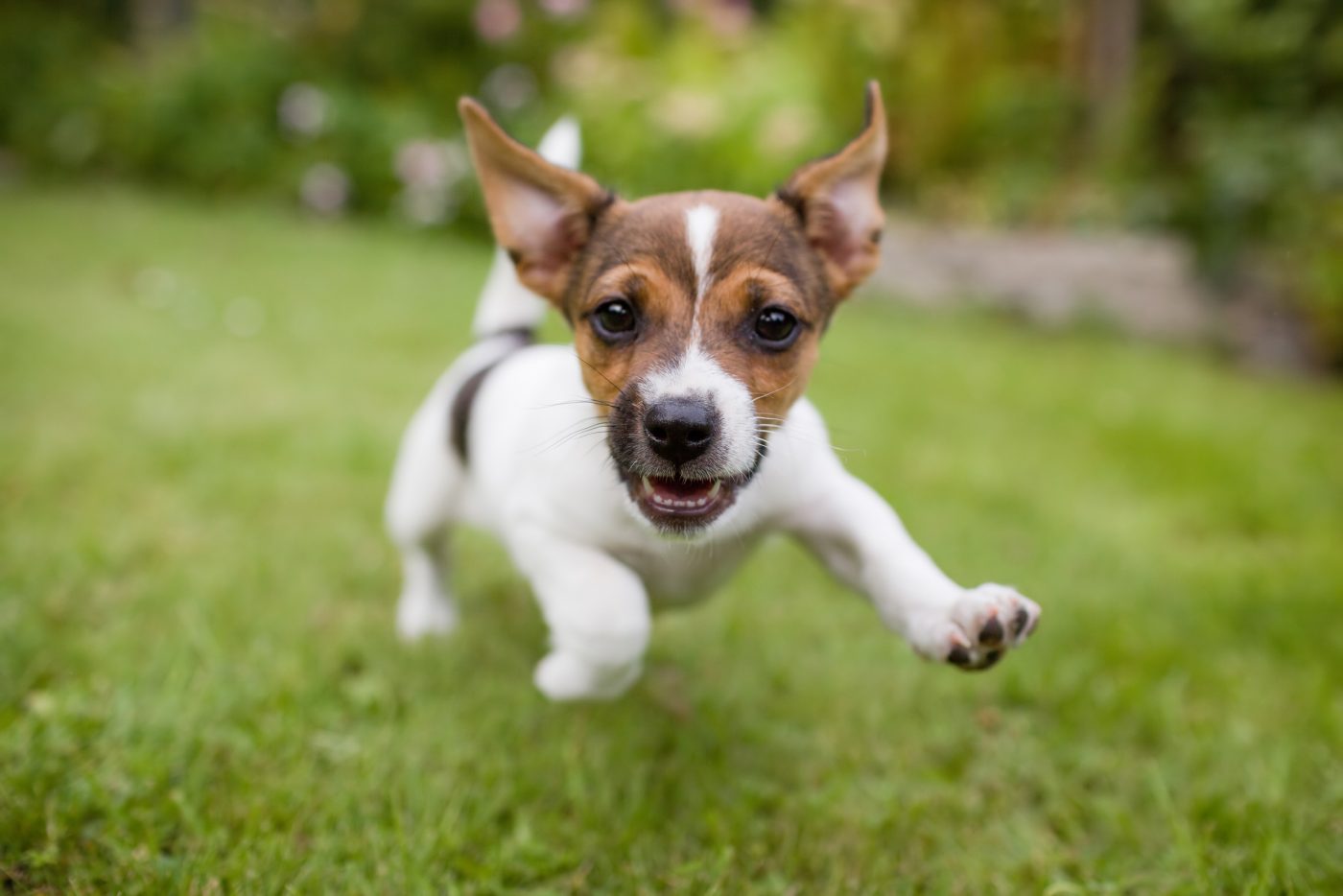 Shutterstock
Shutterstock
Like people, dogs can accumulate tension in their bodies, especially if they’ve been holding still for a long time. The zoomies allow your dog to release any built-up tension or frustration. This behavior might happen when they’ve been confined to one space for too long, such as when they’ve been inside for a while or on a long car ride. By running around, they’re helping to loosen up their muscles and release any frustration that’s built up from a lack of physical activity.
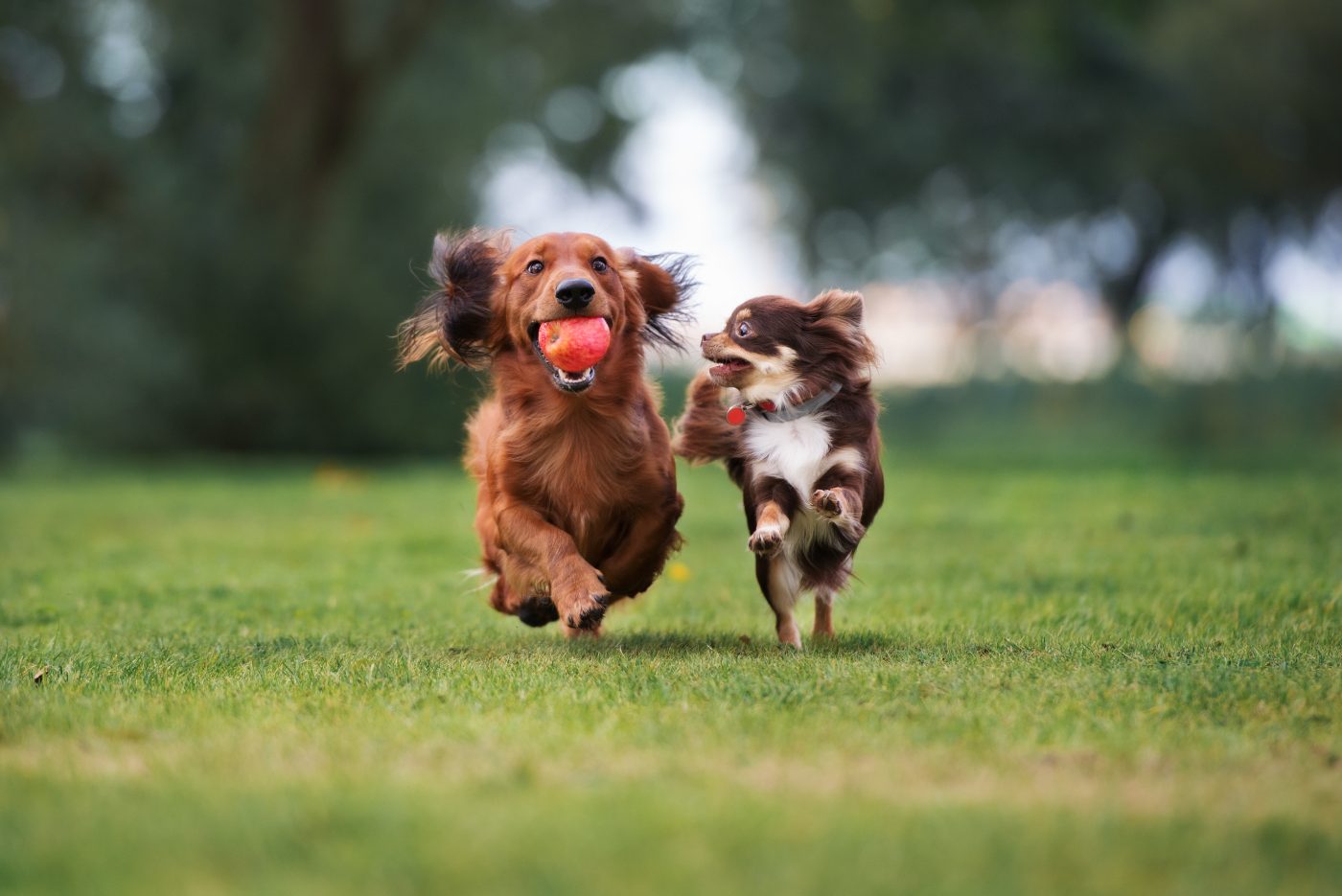 Shutterstock
Shutterstock
If your dog has a canine companion, the zoomies may result from social playfulness. Dogs are highly social animals, and they often get caught up in the excitement of interacting with other dogs. Whether at the dog park, in the backyard with a playmate, or meeting a new friend, your dog may engage in zoomies to show their joy and enthusiasm in social play. It’s their way of saying, “Let’s have some fun!” and can often signify their bond with their canine friends.
Testing Boundaries and Having Fun
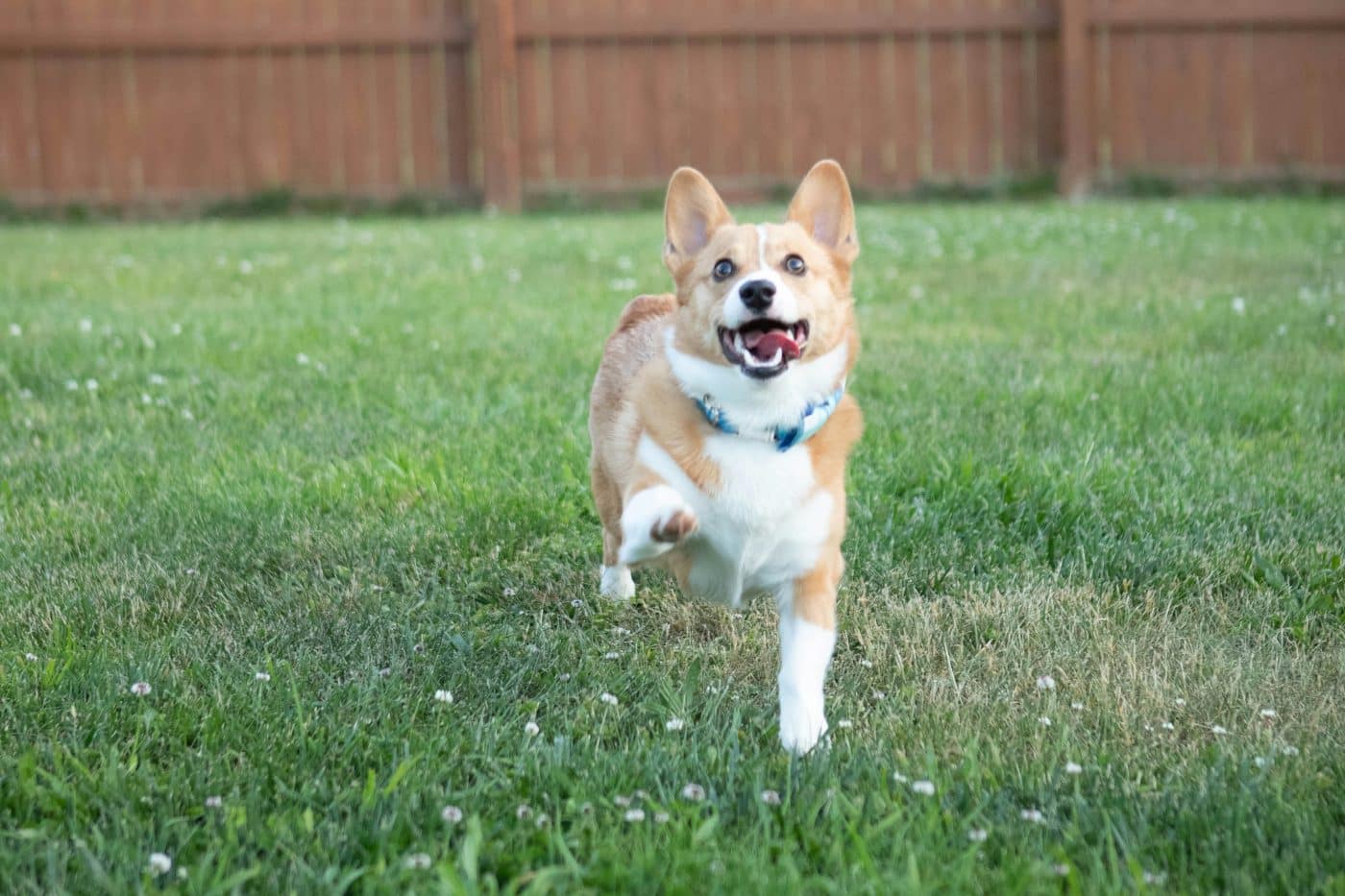 Shutterstock
Shutterstock
Dogs often test their boundaries, and Zoomies can let them loose and see how far they can push their limits. This is particularly common in puppies or younger dogs still learning about their physical capabilities. They might race around the house or yard in an unpredictable pattern, seeing how fast they can go, how many objects they can dodge, or how high they can jump. It’s a playful way of discovering their own strength and abilities, often in a fun and spontaneous manner.
A Distraction from Boredom
 Shutterstock
Shutterstock
Boredom is a common trigger for Zoomies. If your dog hasn’t been mentally or physically stimulated, they may decide to engage in zoomies to relieve their boredom. This can happen when you’ve been too busy to give them attention, when they’ve been inside for too long, or when they haven’t had enough interaction with other dogs. In these moments, zoomies serve as a form of self-entertainment, helping them burn off some energy while also ensuring you notice that they need more stimulation.
Changes in Routine
 Shutterstock
Shutterstock
Dogs thrive on routine, and when that routine is disrupted, it can lead to behavioral changes, including the infamous zoomies. If you’ve had a change in your schedule, such as a vacation, a new work schedule, or a change in who’s at home, your dog may get zoomies as a way to react to the unfamiliar situation. They may run around because they’re unsure of the changes happening around them and need to release their energy in a fun and uncontrollable manner to cope with the shift.
Hormonal Changes
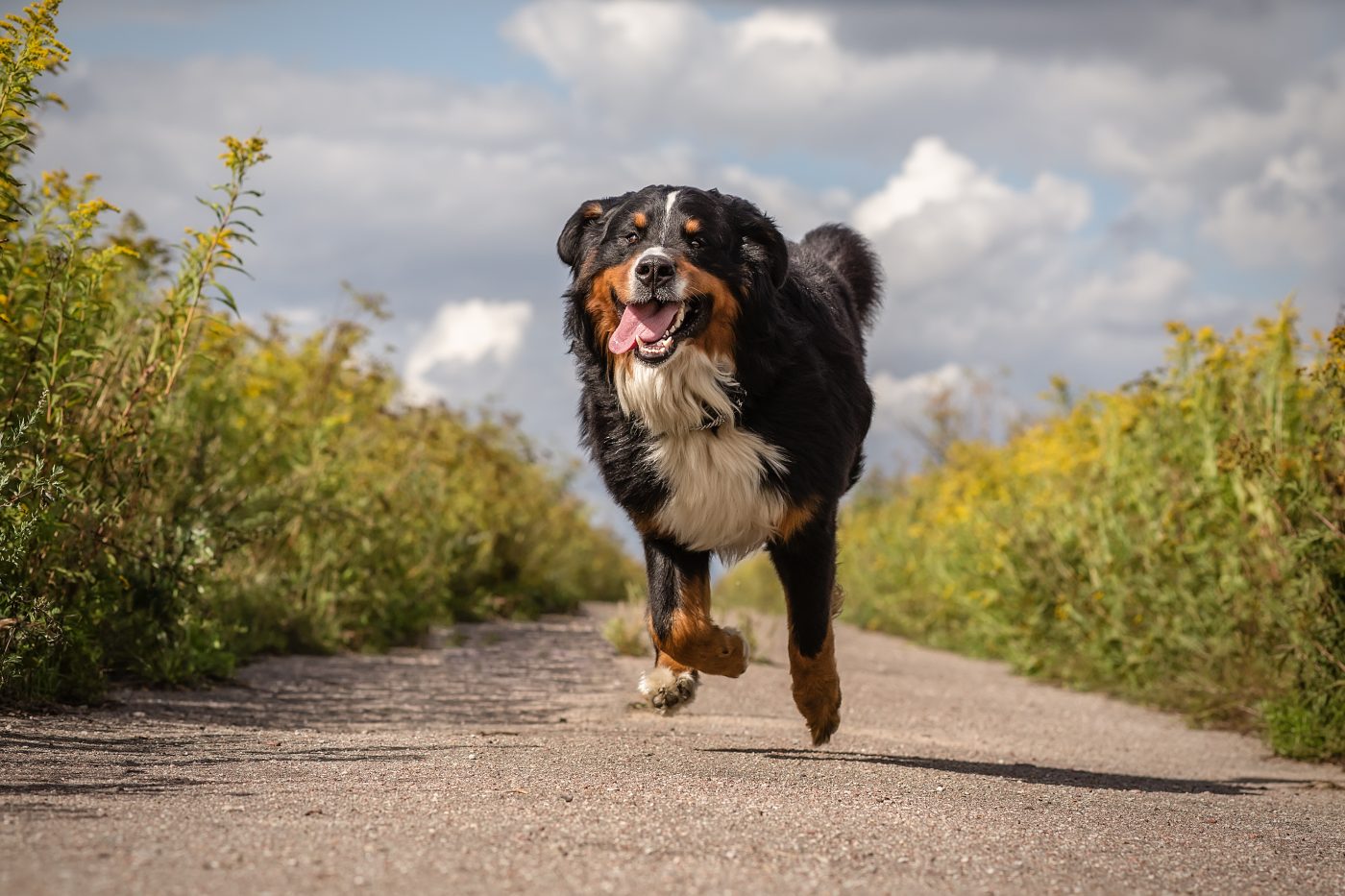 Shutterstock
Shutterstock
Hormonal changes can also trigger zoomies, especially in unspayed females and males in heat. During certain times of their cycle, dogs may experience an increase in energy and excitement, leading to seemingly random bursts of energy. Even if your dog has been spayed or neutered, hormone levels can still affect its behavior and lead to spontaneous zoomies. This is another way their bodies react to the changes within them.
Anticipating a Walk or Adventure
 Shutterstock
Shutterstock
If your dog knows you’re about to take them for a walk, on a run, or on some other adventure, they may begin to get the zoomies in anticipation of the fun ahead. Dogs are incredibly intuitive and can pick up on your routine. If you’re grabbing your shoes, your jacket, or your keys, your dog might be able to sense that it’s time to get moving. The zoomies act as their way of celebrating the imminent adventure, getting themselves ready for the journey ahead
The Zoomies Unleashed
 MidJourney
MidJourney
In the end, dogs are complex and fascinating creatures with unique quirks. The zoomies, while amusing, are just another way your dog expresses excitement and joy. These spontaneous bursts of energy are what make dogs so lovable and unpredictable. So, the next time your dog starts running in circles, just remember: they’re embracing their inner sprinter, living in the moment, and inviting you to join in their fun-filled adventure! It’s a reminder of how much joy they bring to our lives.

 1 month ago
13
1 month ago
13



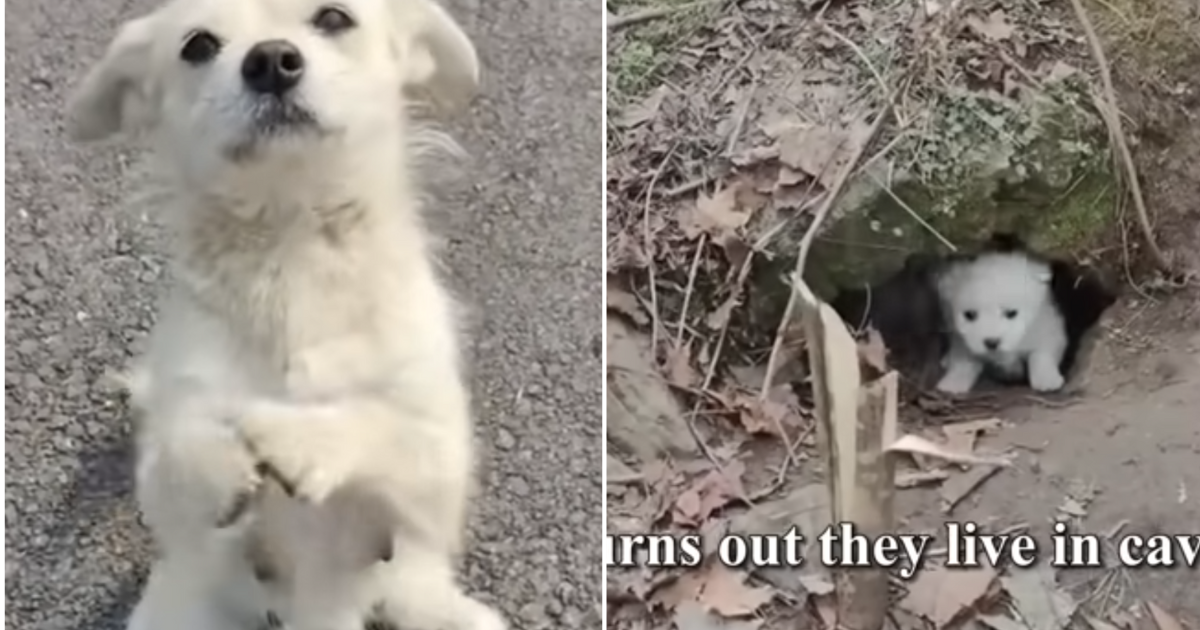




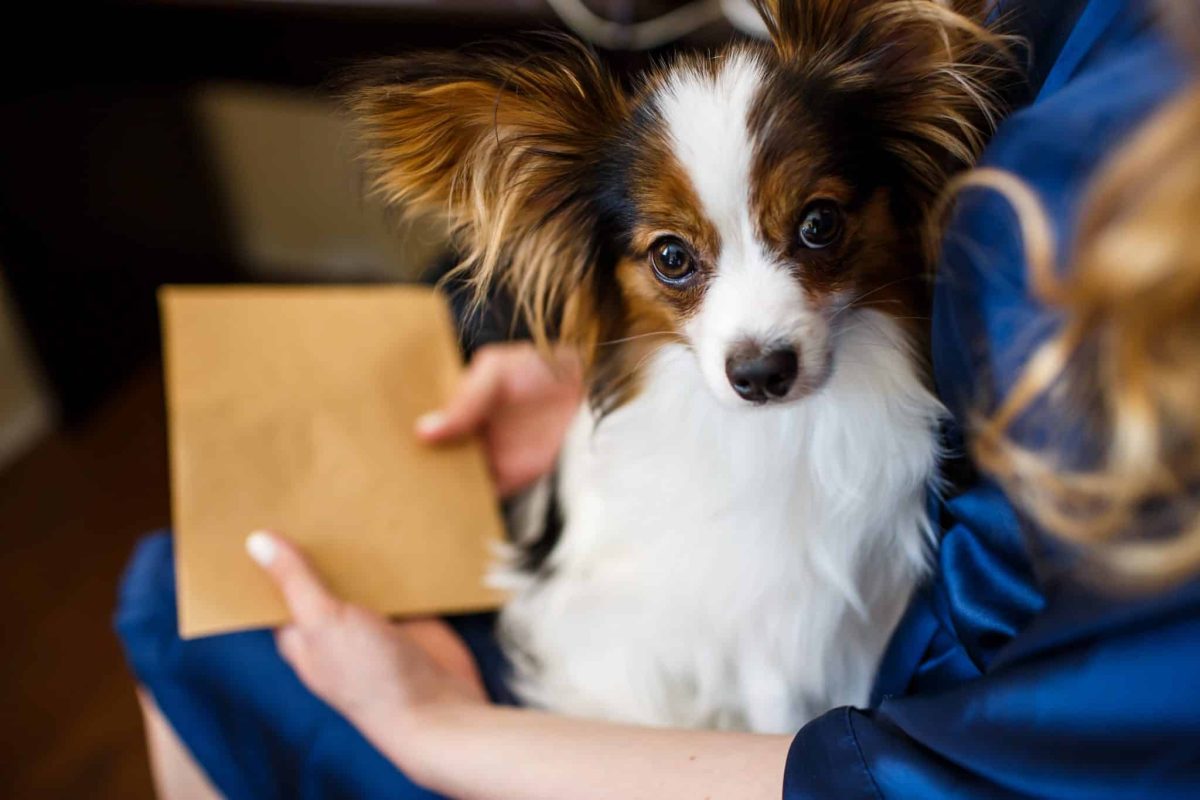









 English (US) ·
English (US) ·